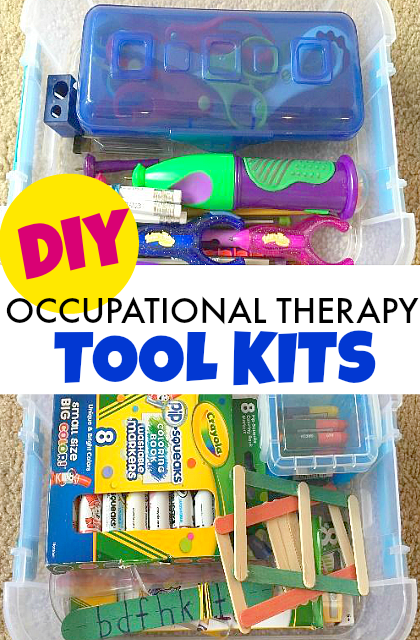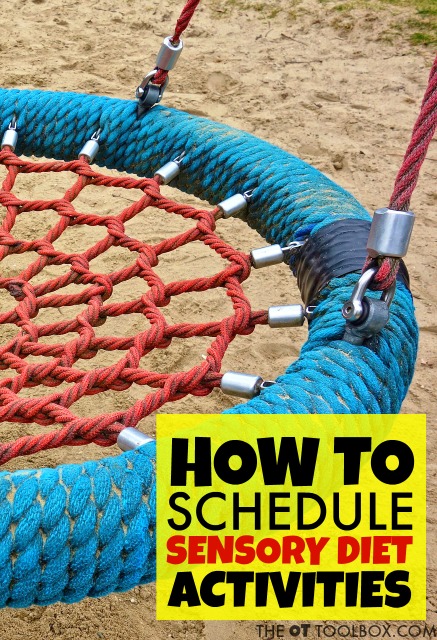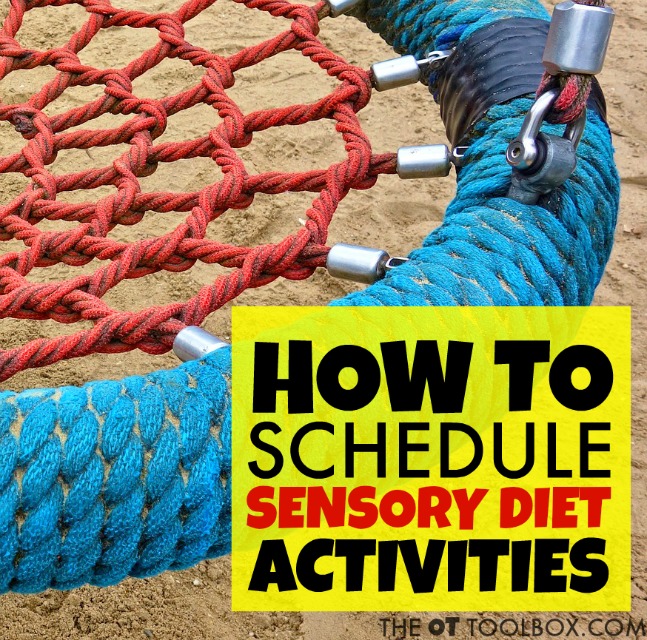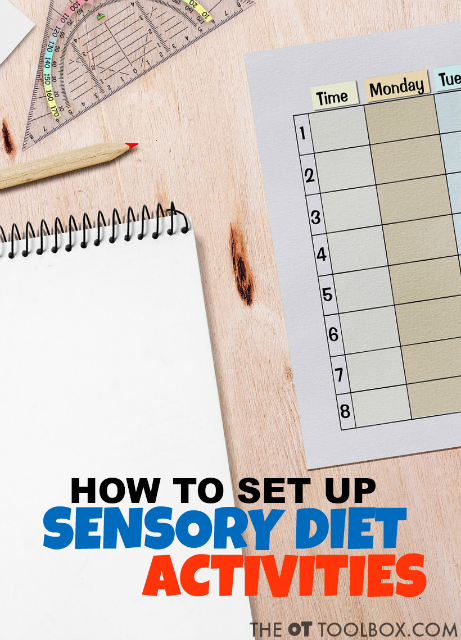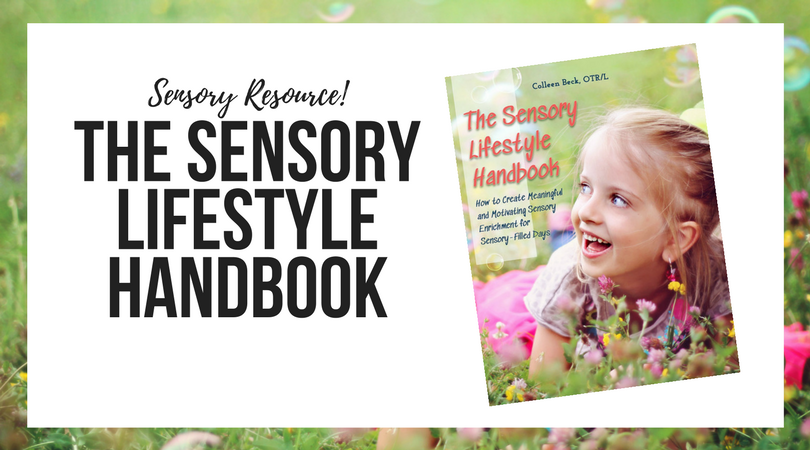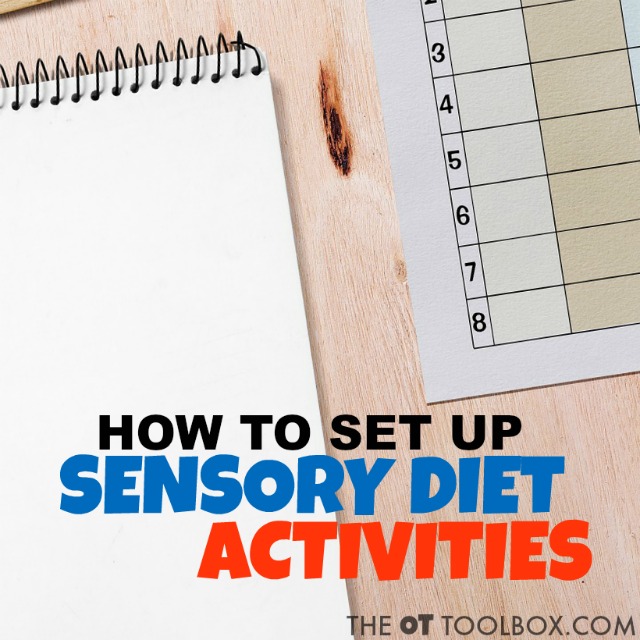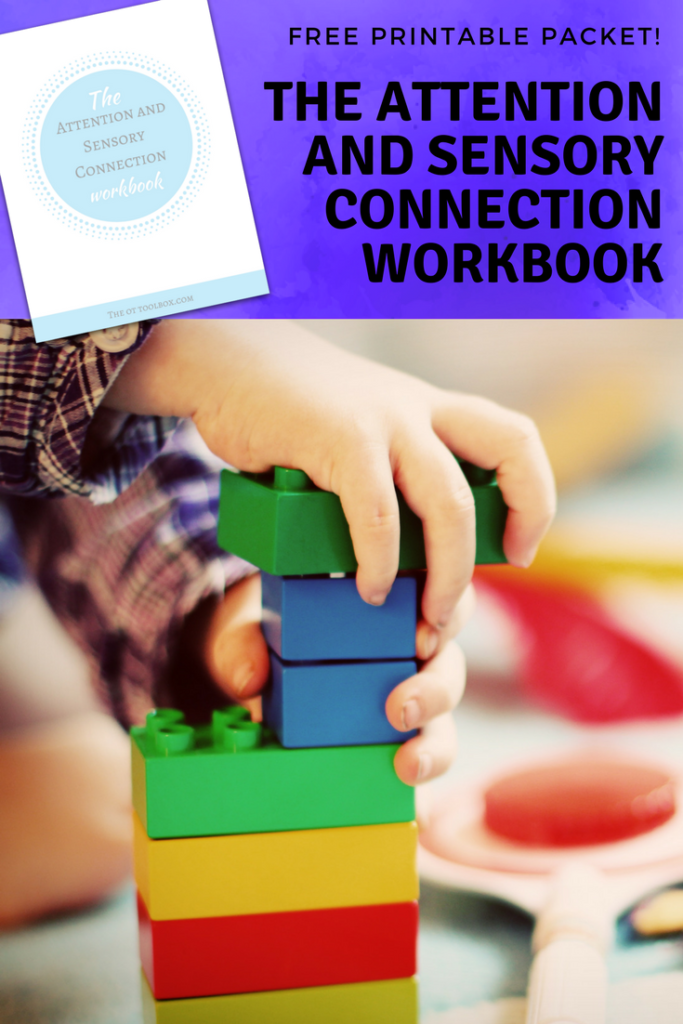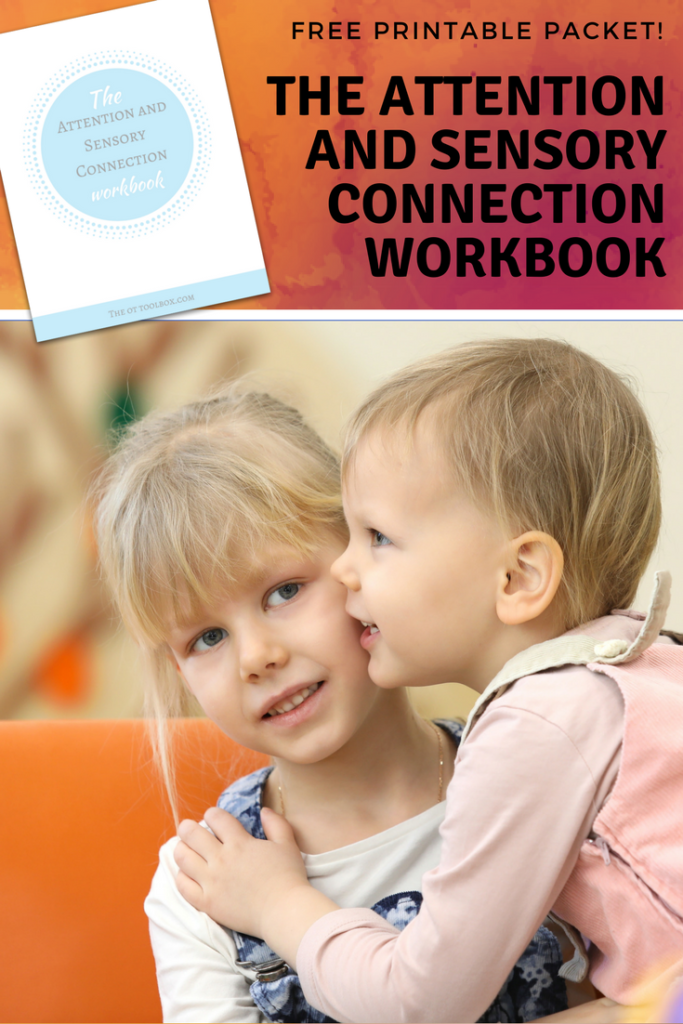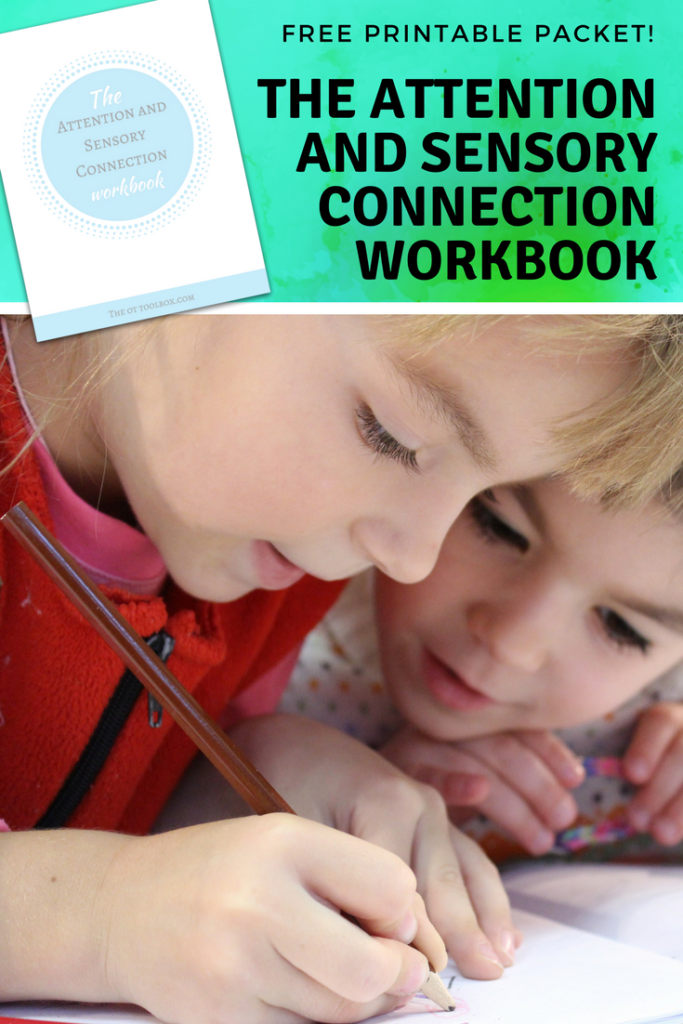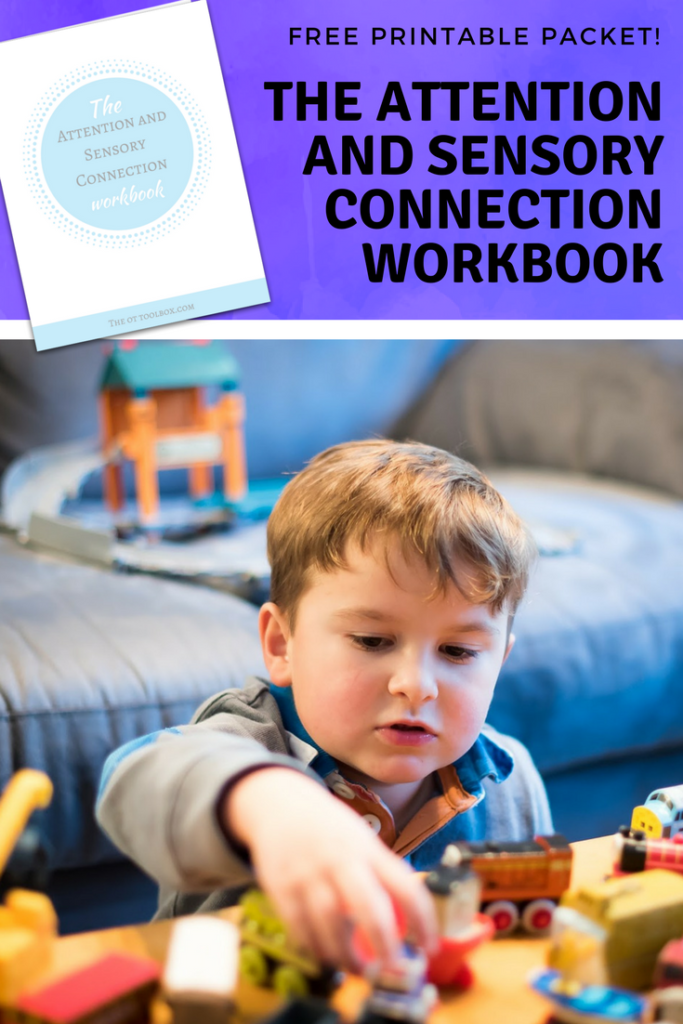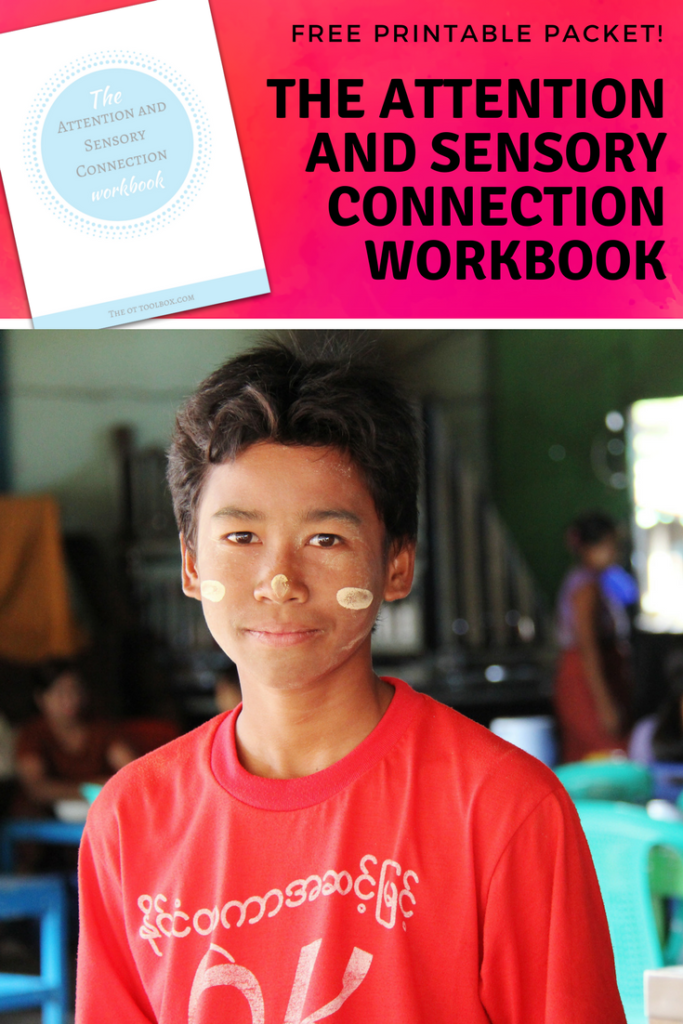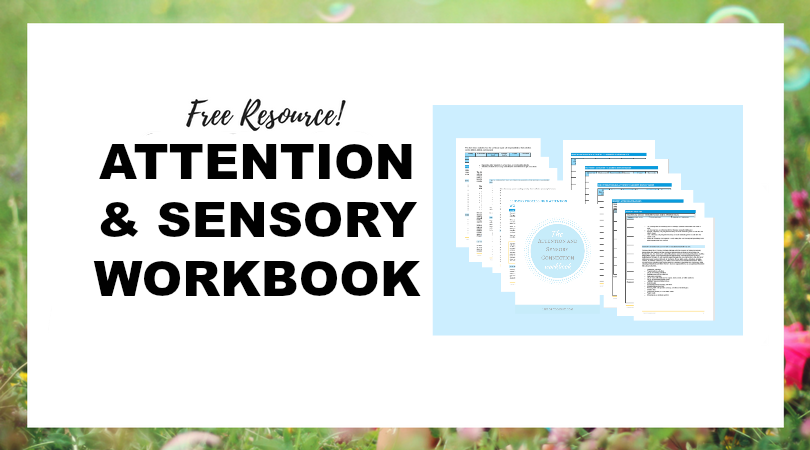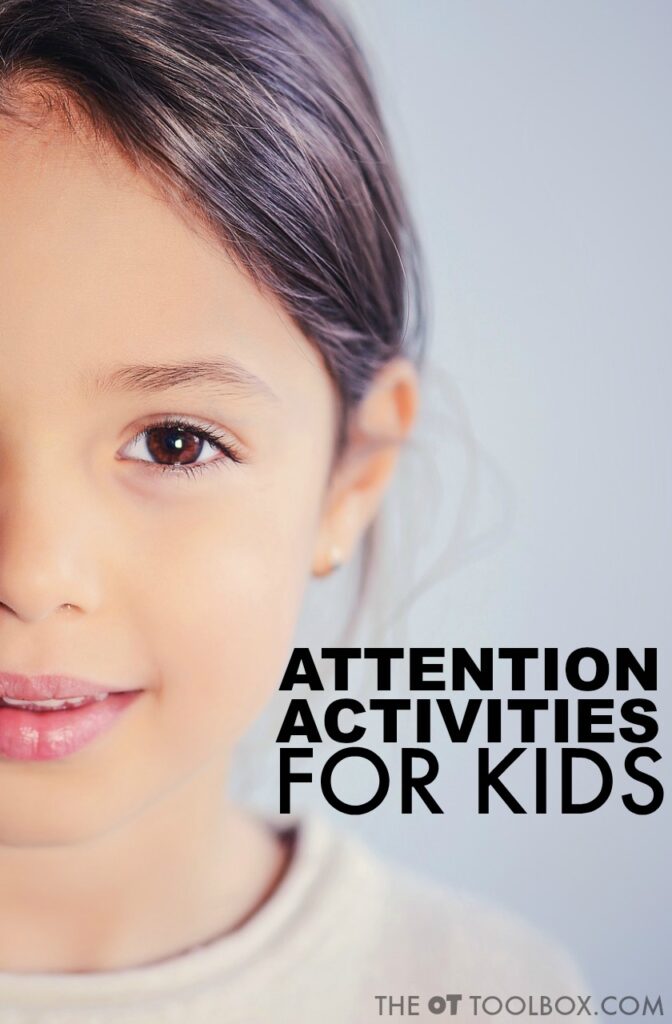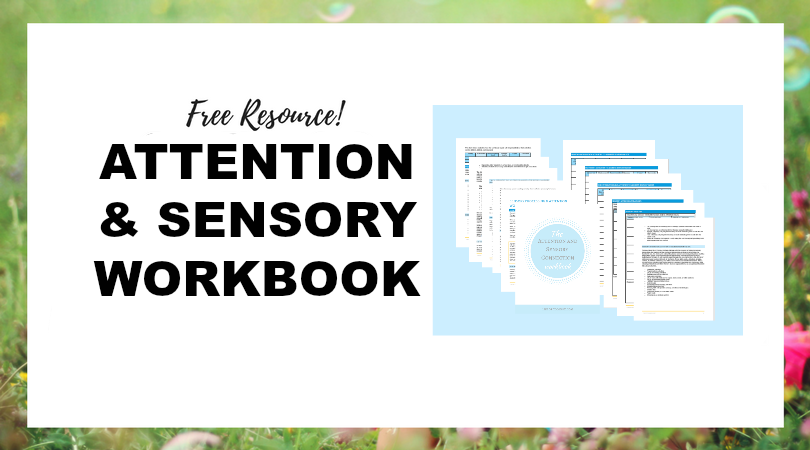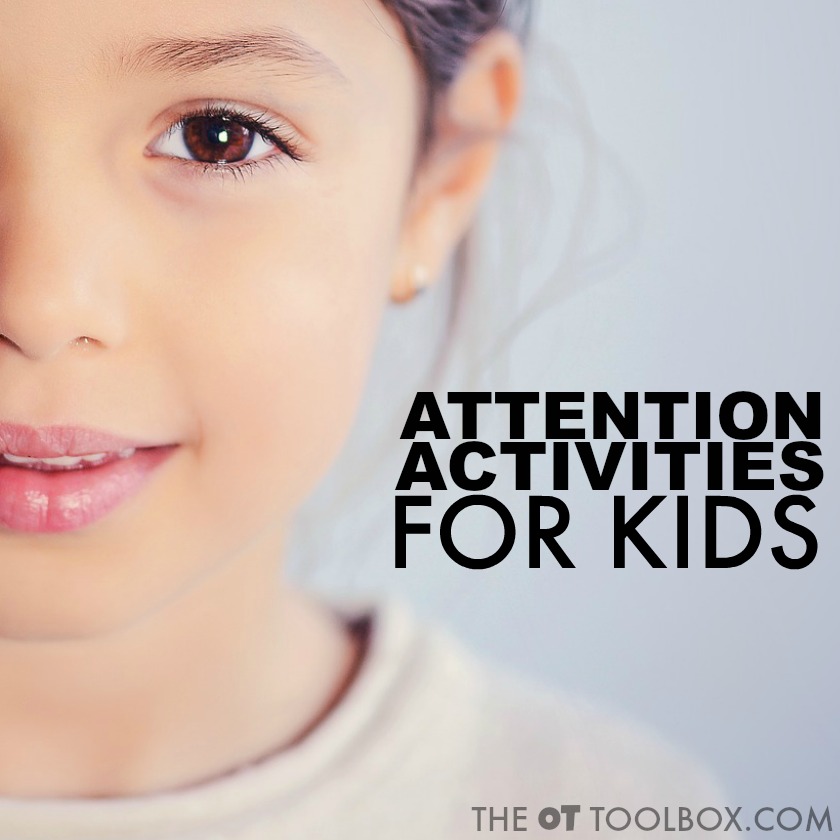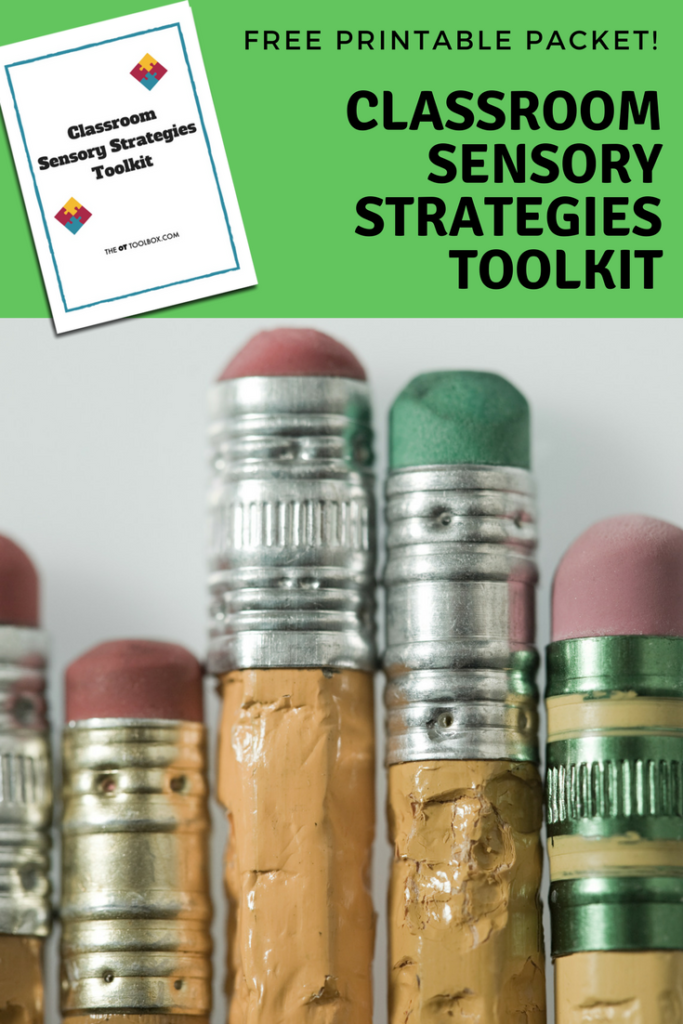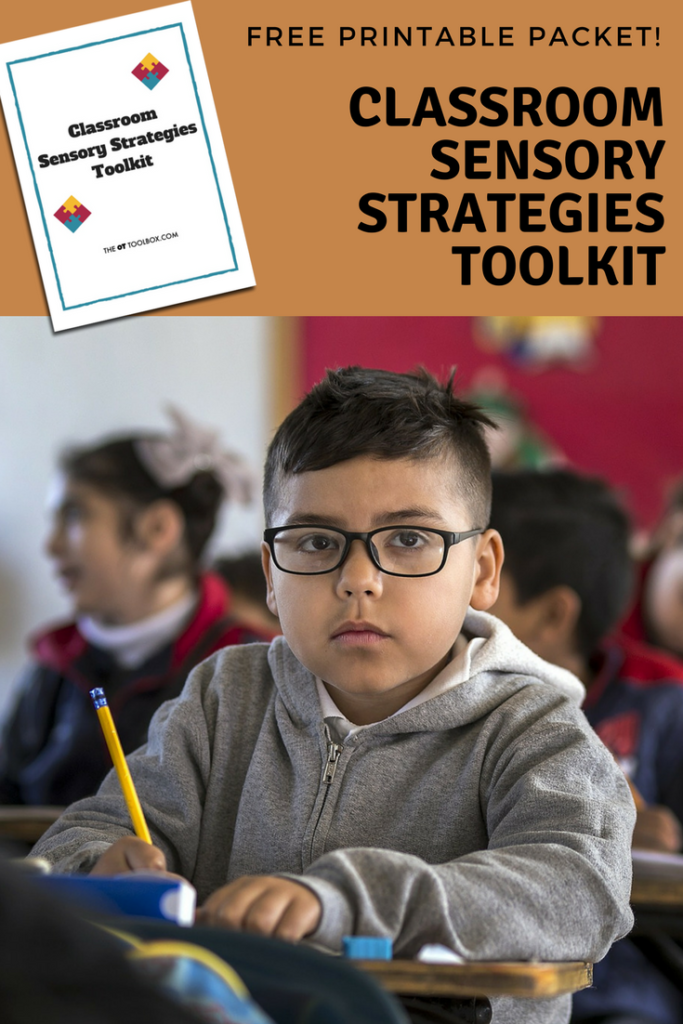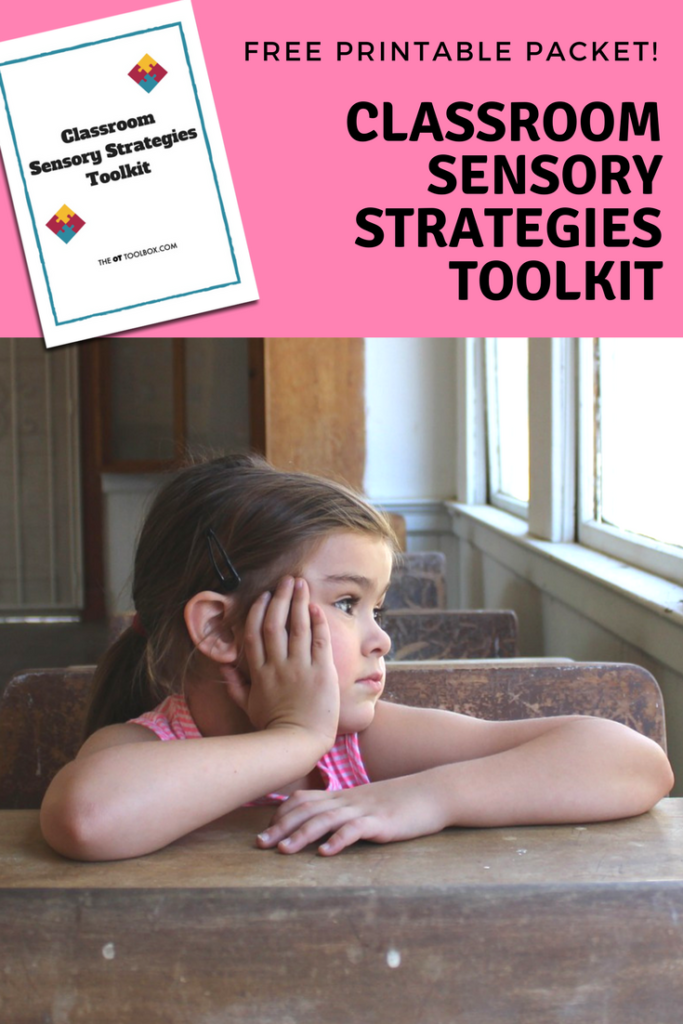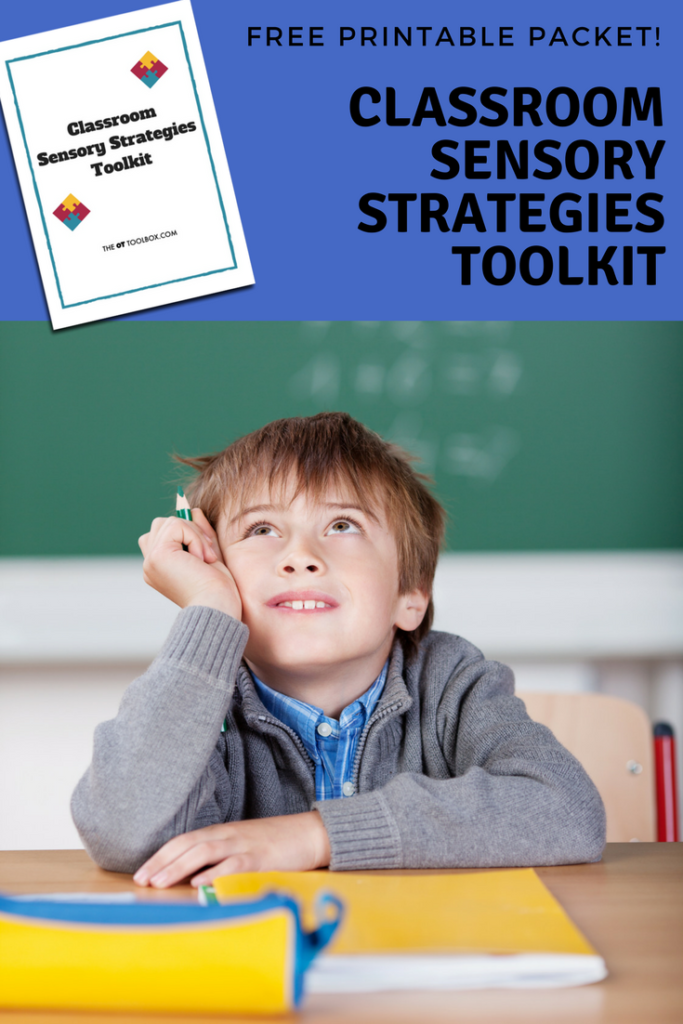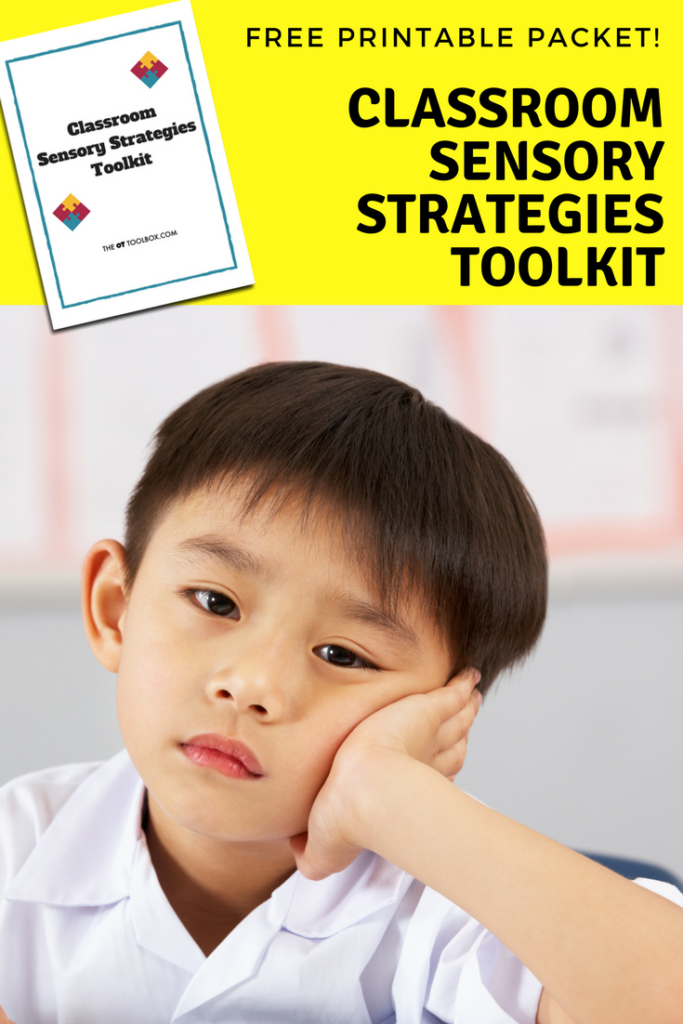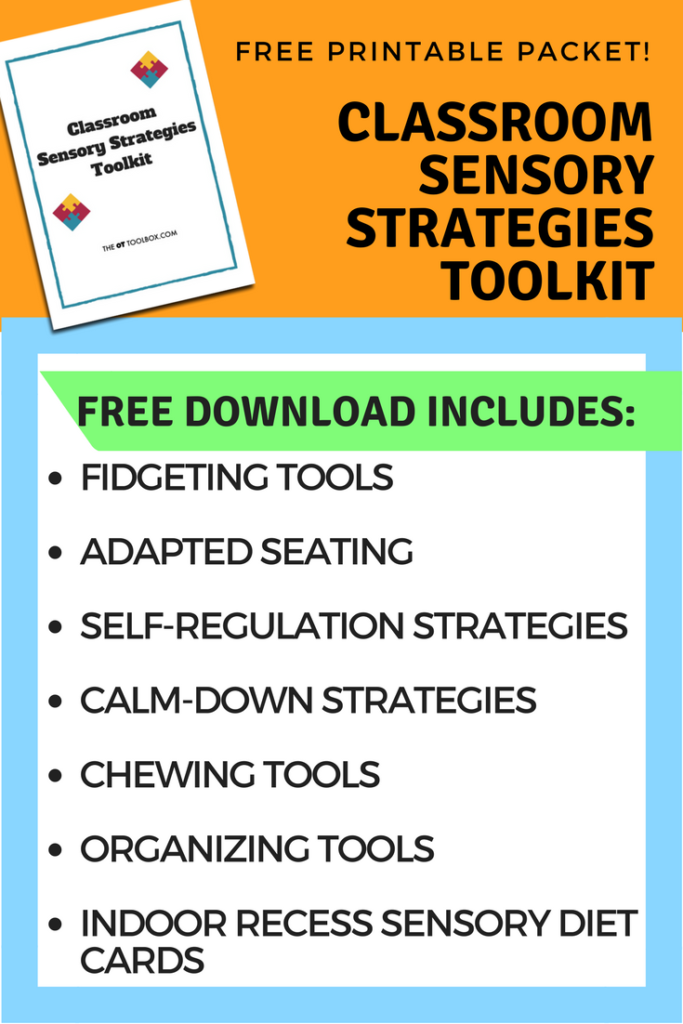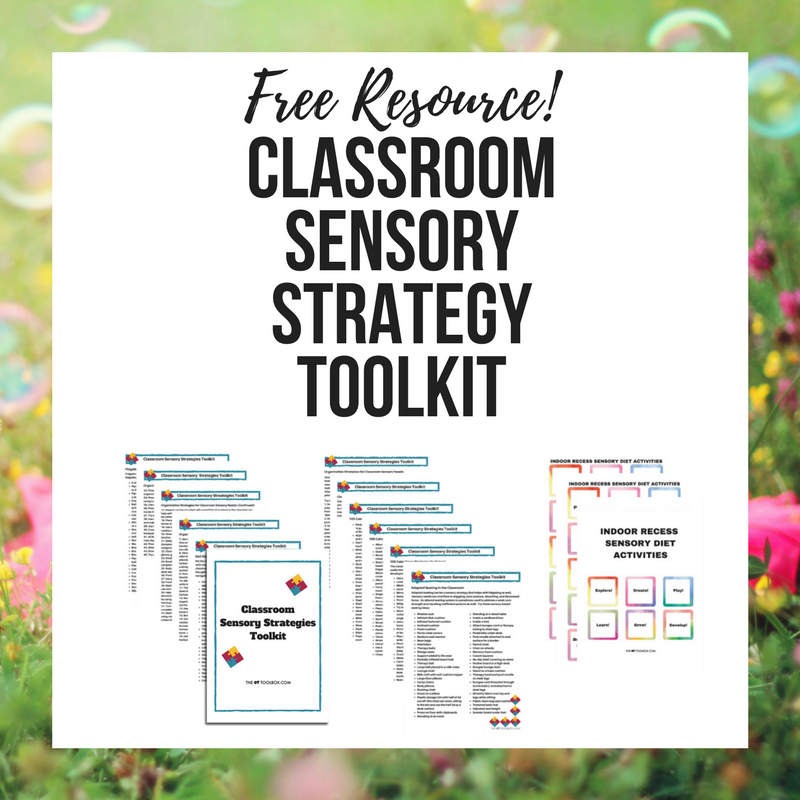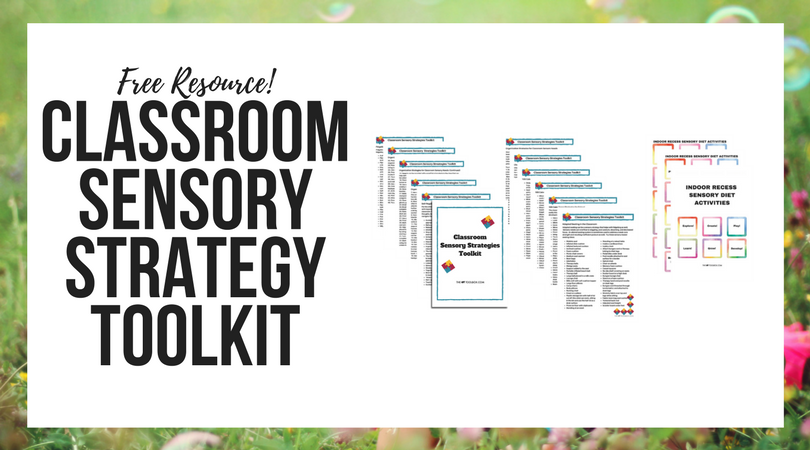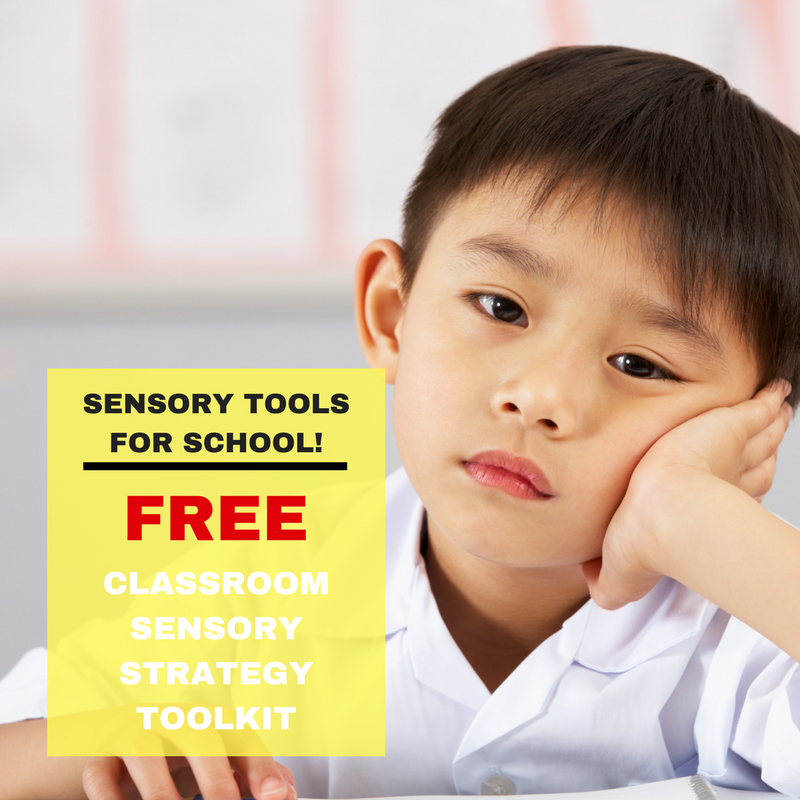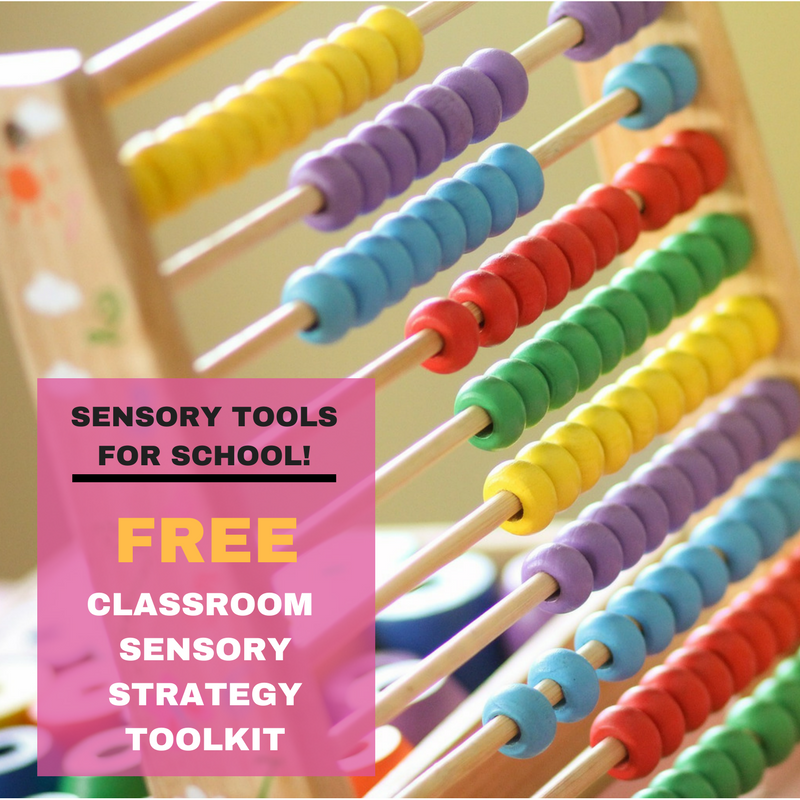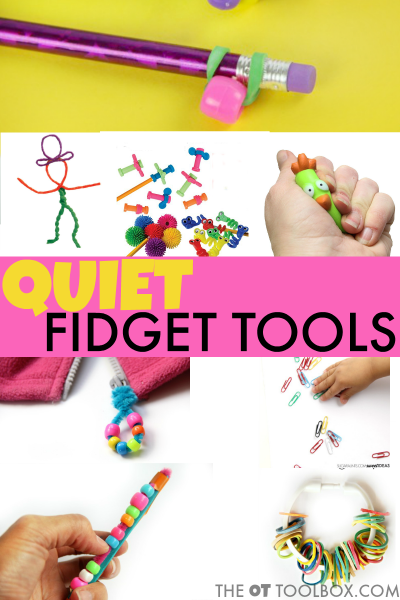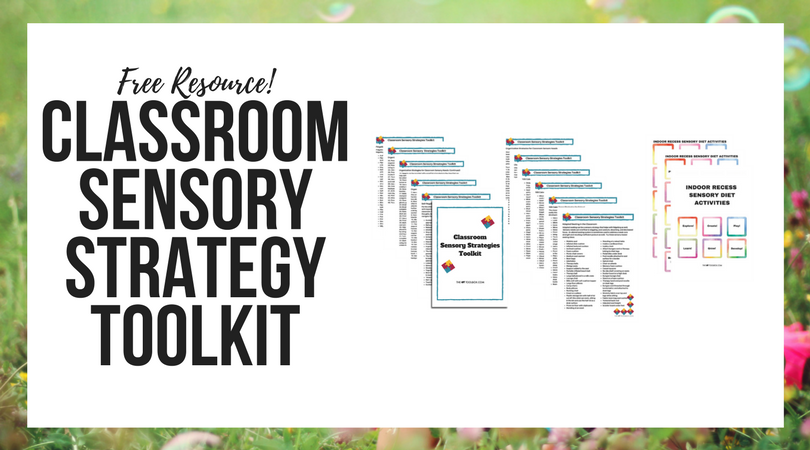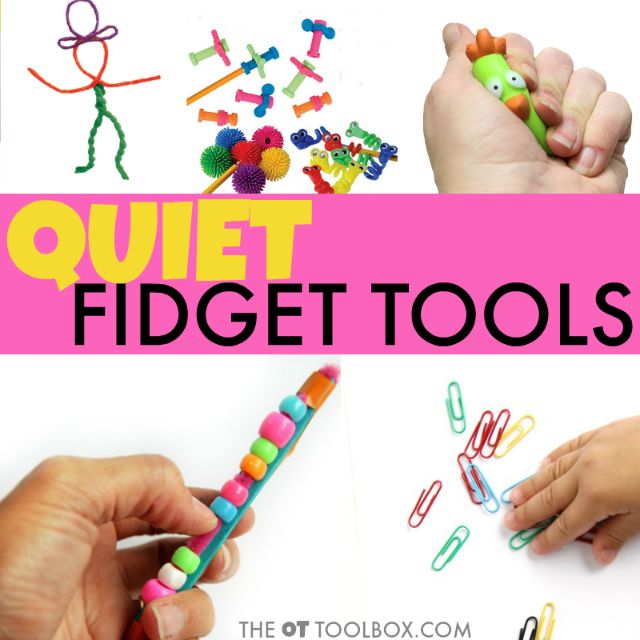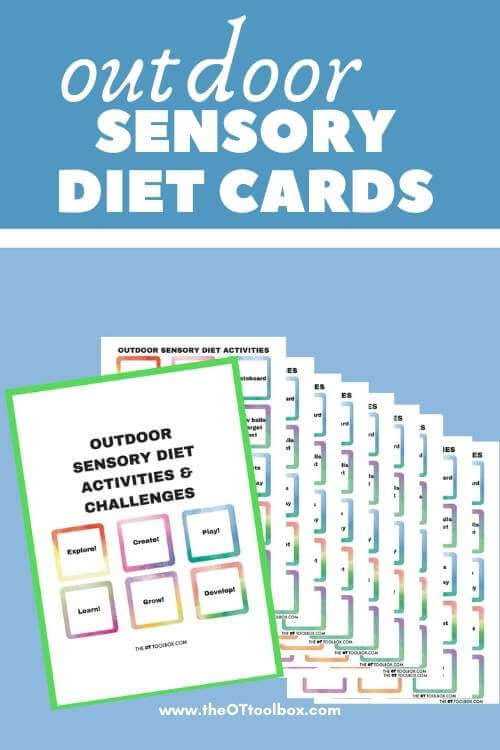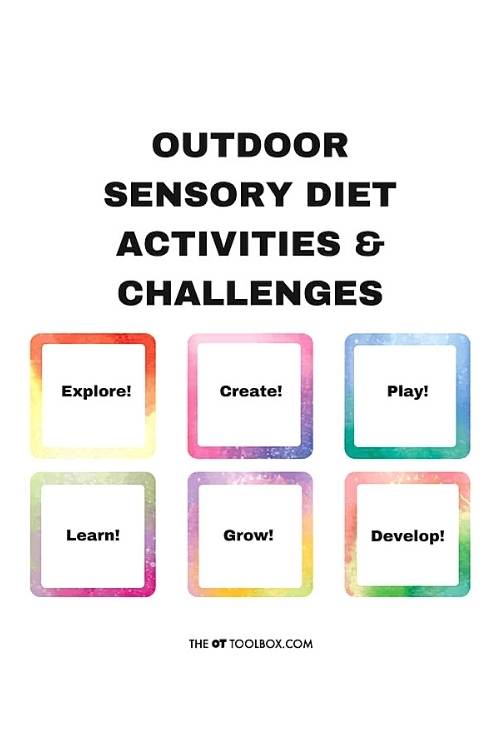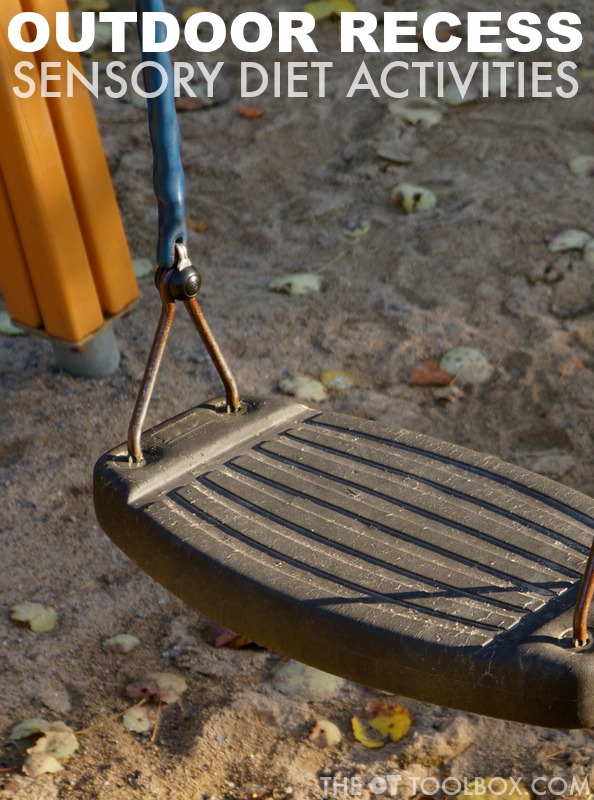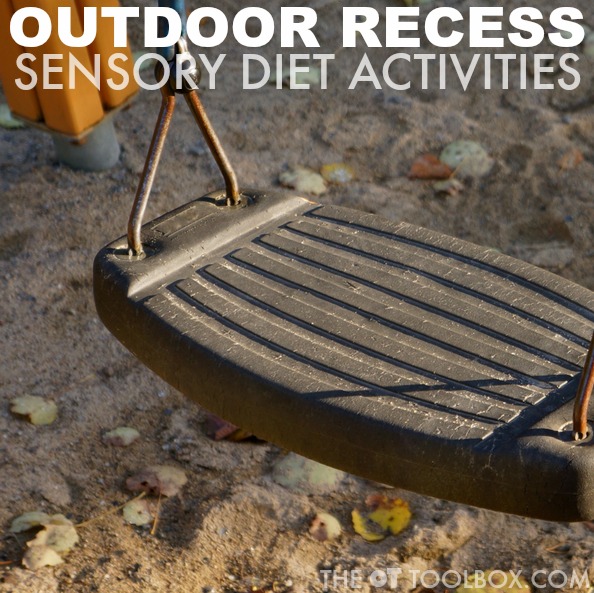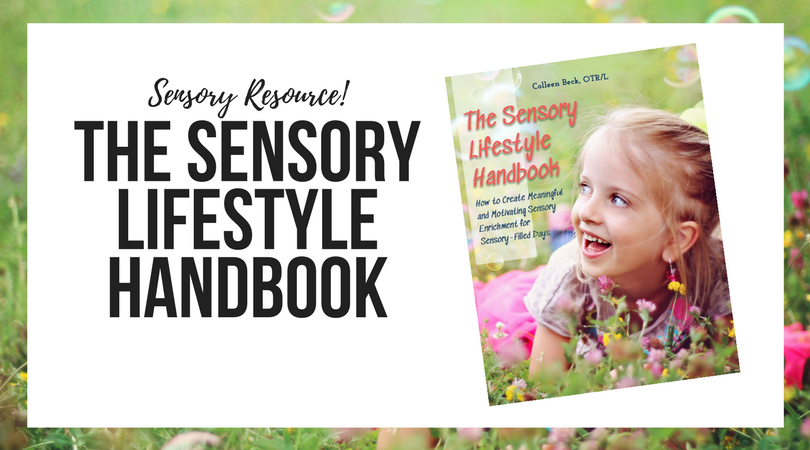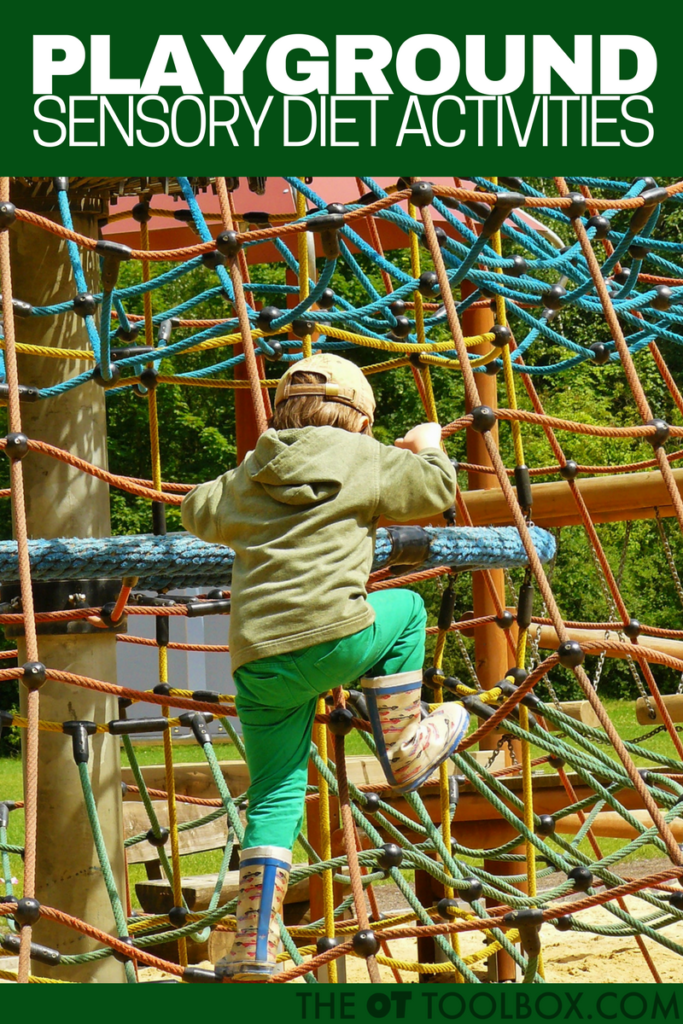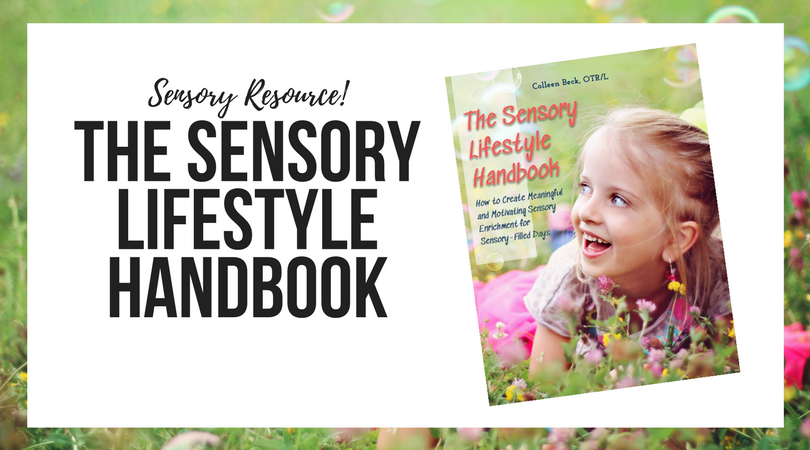Pediatric and school-based occupational therapy practitioners are busy people. Often times, they see many children and can work with preschoolers to young adults in a single day. They are challenged with keeping children actively participating in therapy while building skills to achieve their OT goals. Pediatric and school-based OTP’s must analyze, plan, prepare, implement, modify, adapt, grade, problem-solve, reflect, research, document, collaborate and consult for each child they serve. To say the least, they are busy, busy, busy and the “OT” never turns off!
These are great tools to add to your therapy bag!
Occupational Therapy Kits
Edit: This is part TWO of a series on occupational therapy toolkits. You can find more OT activity toolkit ideas here.
These occupational therapy activity kits are perfect for incorporating into a bin rotation system, much like these fine motor bins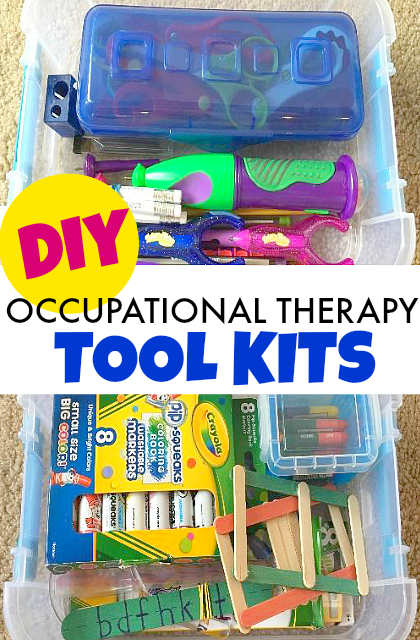
Themed Occupational Therapy Activity Tool Kits
Holiday or seasonal themed tool kits contain activities that allow for “celebration” of holidays or events while heaping fun and play into a single session. Let’s face it, children love the holidays and these themed tool kits keep kiddos engaged and help them build skills for development and success. Kiddos love to see one coming their way! They know fun and surprise are inside while therapists know kiddos will be motivated to “work” on their therapy goals.
Tools of the trade kits may contain the staples for pediatric or school-based OT practice. More specifically, tools that are used during most OT sessions to include scissors, pencils, grips, paper, etc.
Other tools of the trade kits may contain therapy tools or materials that develop a targeted skill area such as fine motor, gross motor, strengthening, sensory processing, self-regulation, etc. The kits contain specific tools or materials that are needed mostly for specific intervention programming.
Types of Occupational Therapy Activity Kits
Let’s talk types of tool kits. There are many kinds of possible therapy tool kits that can be created for pediatric and school-based OT. Generally, they are separated into certain types while some may even be combined to meet the needs of the child and/or the therapist. Examples include:
Types of OT Activity Kits
Seasonal – spring, summer, fall, or winter
Holidays – Easter, Christmas, Fourth of July, Thanksgiving, Halloween, Valentine’s Day, St. Patrick’s Day, etc.
School Celebrated Times – Back to School, Dr. Seuss Day, Fire Safety, etc.
Skills – fine motor, gross motor, sensory, visual motor/visual perception, strengthening, prewriting, handwriting, dressing, oral motor, self-care, reading, etc.
Tools – scissors, writing/coloring implements, grips, tongs, feeding tools, fidgets, etc.
Size – small, medium, large or combination
Purpose – therapy session, screening, assessment, classroom inclusion, trial, therapy homework, etc.
Design – material, sectioned or non-sectioned, handled or non-handled, portable or non-portable, lid or no lid, stackable and/or slidable, etc.
How to Make an Occupational Therapy Activity Kit
Here are some size and design examples of types of tool kits and possible storage containers for inside:
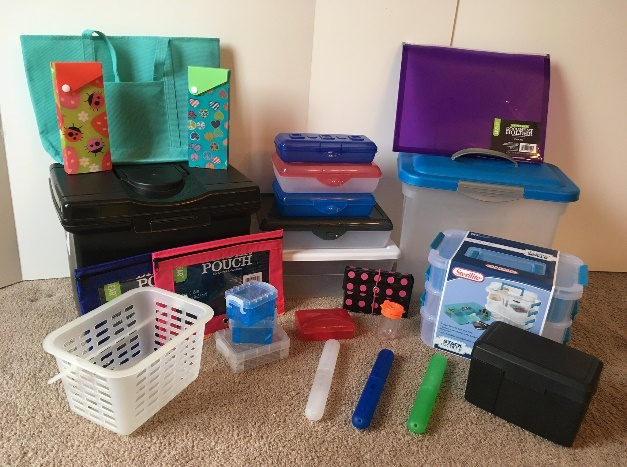
Let’s talk tips on how to make one. Building tool kits for therapy can be done over time or immediately depending on the purpose, availability of items or materials, and funds for purchasing.
Gather all tools, materials or items you already have and simply start developing your tool kits based on what you already have.
Know that your kits may, and probably will, start small and change over time. This is okay and sometimes better when you are first starting out in the field of OT.
Don’t be afraid to ask colleagues if they have some extra tools or items they would be willing to part with to help you stock your tool kit. OTP’s are generous people and willing to offer help. Just ask!
Look for items at the big retail chains such as Wal-Mart and Target. Look in the clearance, dollar, and seasonal sections. Check out weekly sales. Shop for items after the season or holiday is over to prep for the next year. You can get awesome deals such as 50-80% off of the regular price. Even check the craft sections for deals!
Search dollar stores for fun activities or ideas. Think outside of the box with items!!
Go to thrift stores and take a peek, you can find some great one-of-a-kind or classic items that will work great in a tool kit.
Get on email lists for some of the therapy companies that sell products so you can keep “in-the-know” when products go on sale or when new products are available.
Pick a kit container that best fits the objects you have, the design you like, the clients on your caseload (clear containers peak the most interest) and the portability and durability that you need.
Shop a variety of stores to find the type of containers you want or need. Check office, craft, and storage departments in bargain stores, big chain stores, dollar stores, online stores, and craft stores. Sometimes craft stores have great containers with many organizational possibilities.
Store items in your kit using various containers, especially if you have a large drop-in container vs. a sectioned container.
Consider keeping a few staples in each container such as writing or coloring tools, scissors, glue and paper. Or maybe you want to have those in a separate tool kit to ‘grab and go’ with your other kits. It’s your personal preference with this one!
Types of Themed Occupational Therapy Tool Kits
Below are examples for a few types of themed tool kits:
Seasonal and holiday kits are fun activities contained in one kit which can reach a huge range of kiddos with many types of needs. OTP’s can splash the activities with a little creativity and modification to hit it out of the park during therapy sessions.
Below is an example of an Easter holiday themed tool kit and its contents. I lovingly refer to this kit as a “dump and run” kit because I can dump in the contents and run from session to session or site to site with little organization other than the use of some baggies.
Create a holiday themed Occupational Therapy Tool Kit
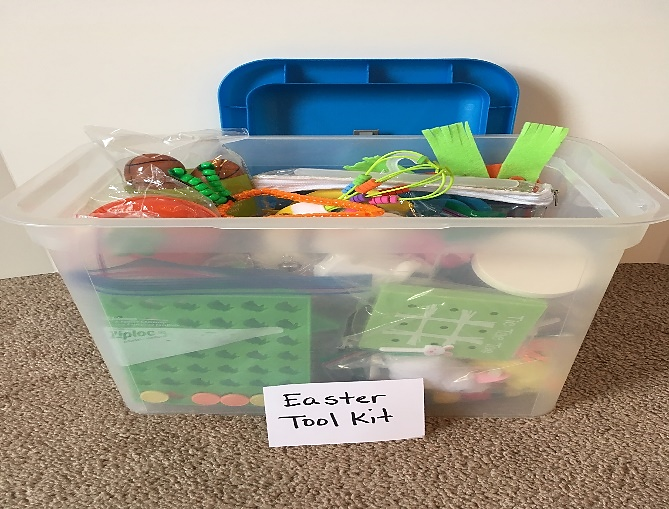

Easter Holiday Occupational Therapy Tool Activity Kit:
Tools of the trade kits contain specific tools, devices, or materials which are all inclusive from standard to adaptive and may either contain purchased or DIY contents. OT’s need these essential tools for treatment, trial, loan, or assessment to determine level of performance, therapy plans, and interventions.
This Easter activity is a great addition to an Easter-themed occupational therapy toolkit, as it requires scissors you already have in your occupational therapy supplies but requires some Easter items you can find at the dollar store.
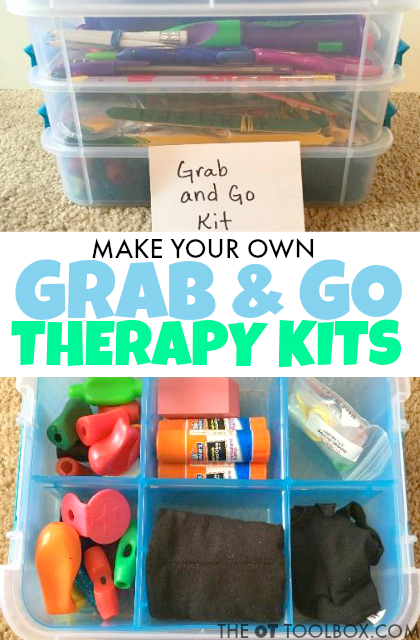
Grab and Go Occupational Therapy Tool Kit to address a variety of needs
Below is one example of a small, tiered container with a combination of regularly used OT tools for use during treatment sessions. It is a simple tools kit that stays organized so I can grab it and go from similar sessions with all of my therapy staples in one kit.
OT Tools Tool Kit:
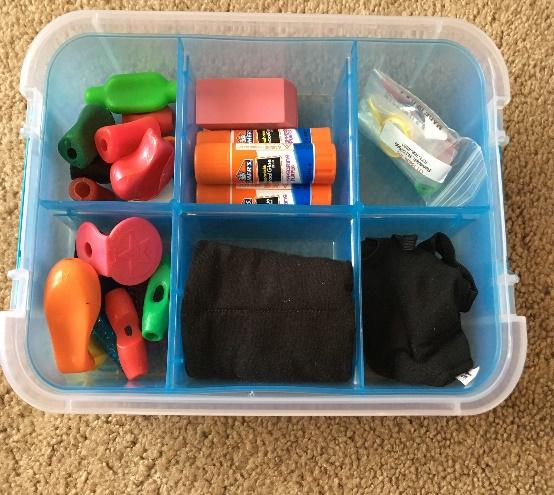
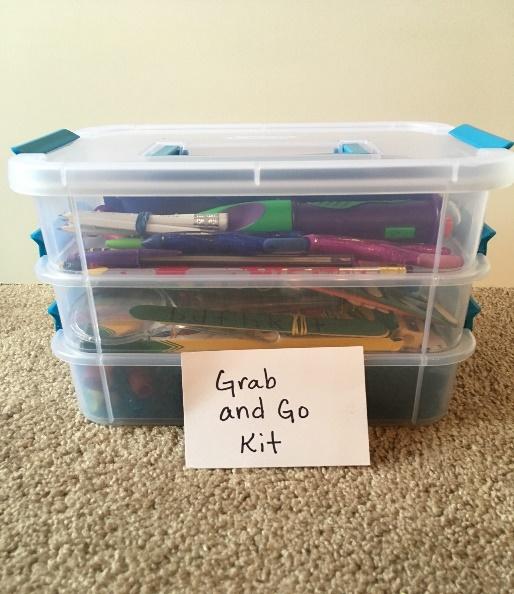
Create an Occupational Therapy Activity Kit to address targeted skill areas
Below is an example of a targeted skill area kit which contains therapy tools and other materials that develop the targeted skill of strengthening. It contains specific tools of the trade and other miscellaneous materials.
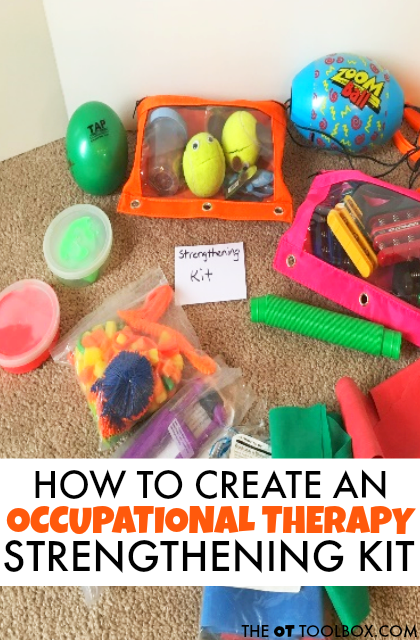
Strengthening Skills Kit:
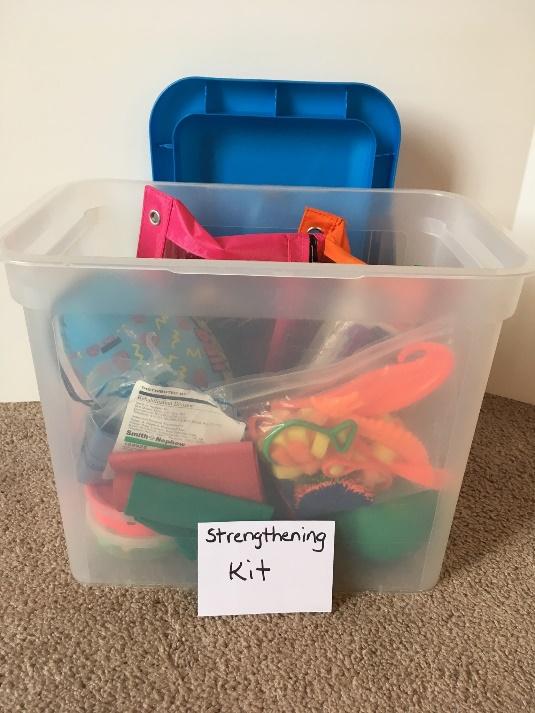
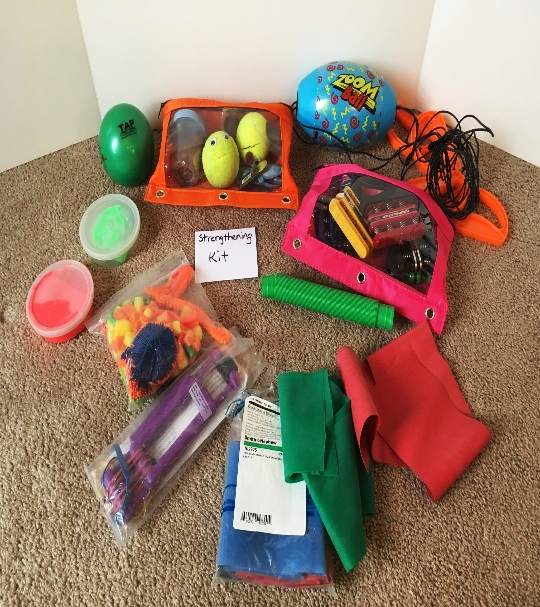
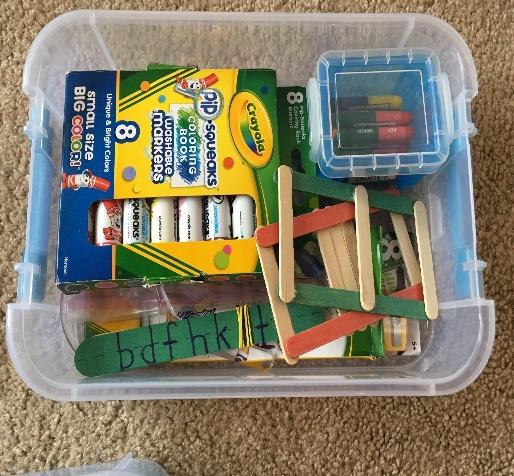
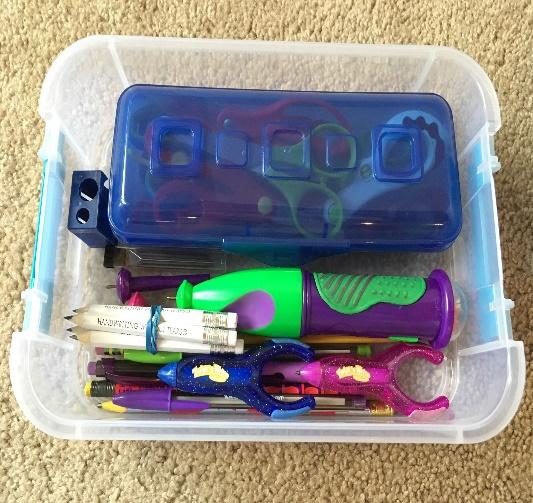
Themed therapy kits will make your life as a pediatric or school-based therapist easier and more enjoyable allowing you to focus on the intervention with the child!
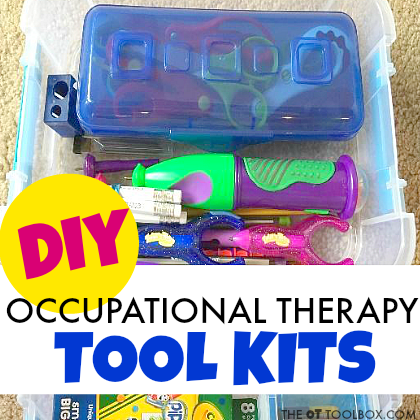
Regina Parsons-Allen is a school-based certified occupational therapy assistant. She has a pediatrics practice area of emphasis from the NBCOT. She graduated from the OTA program at Caldwell Community College and Technical Institute in Hudson, North Carolina with an A.A.S degree in occupational therapy assistant. She has been practicing occupational therapy in the same school district for 20 years. She loves her children, husband, OT, working with children and teaching Sunday school. She is passionate about engaging, empowering, and enabling children to reach their maximum potential in ALL of their occupations as well assuring them that God loves them!


